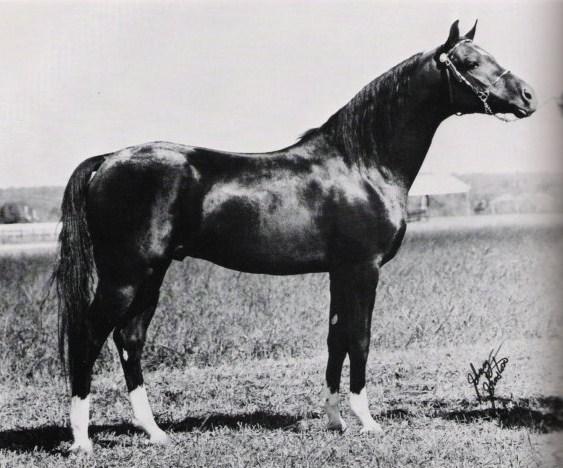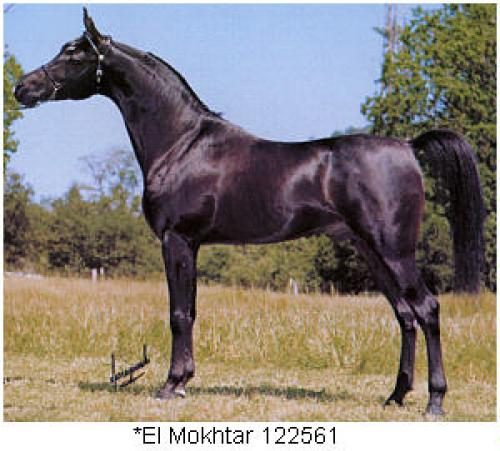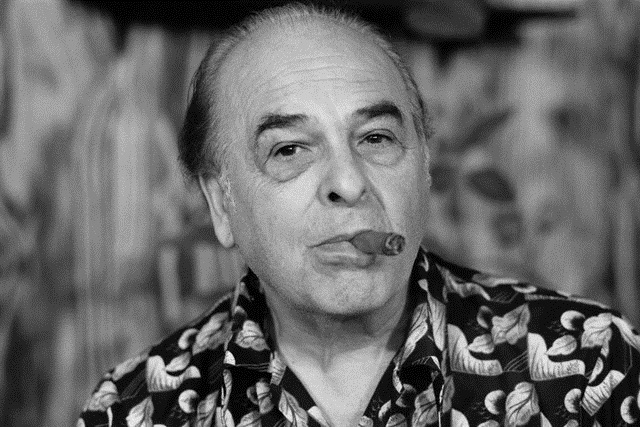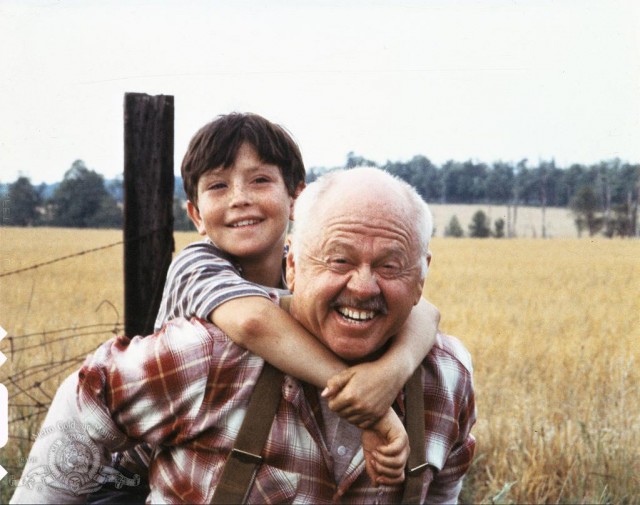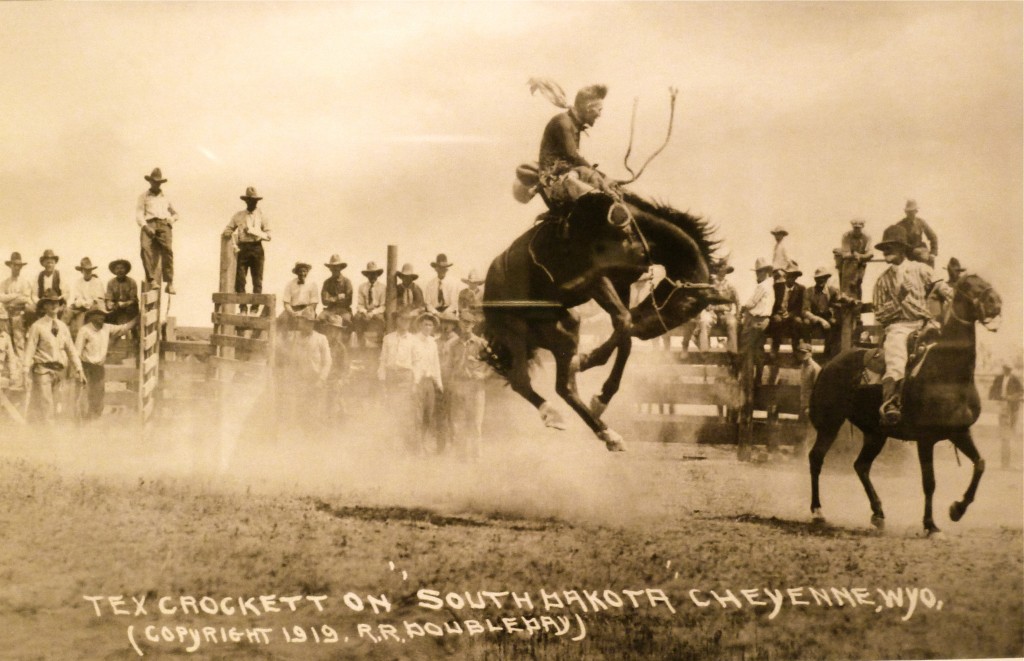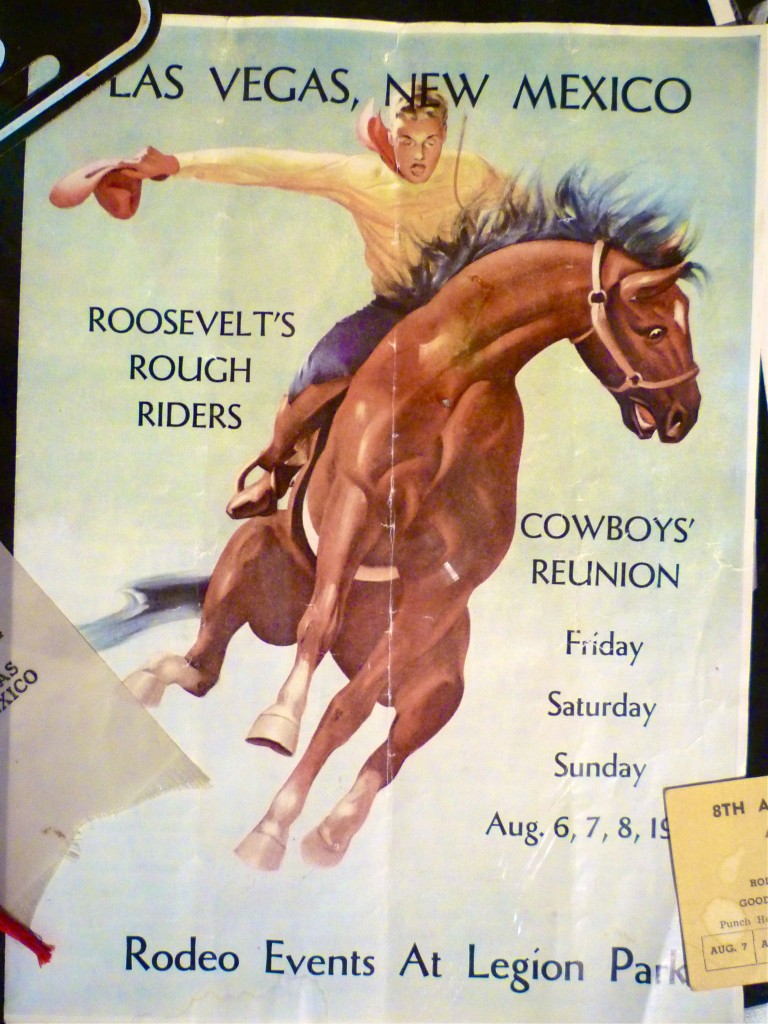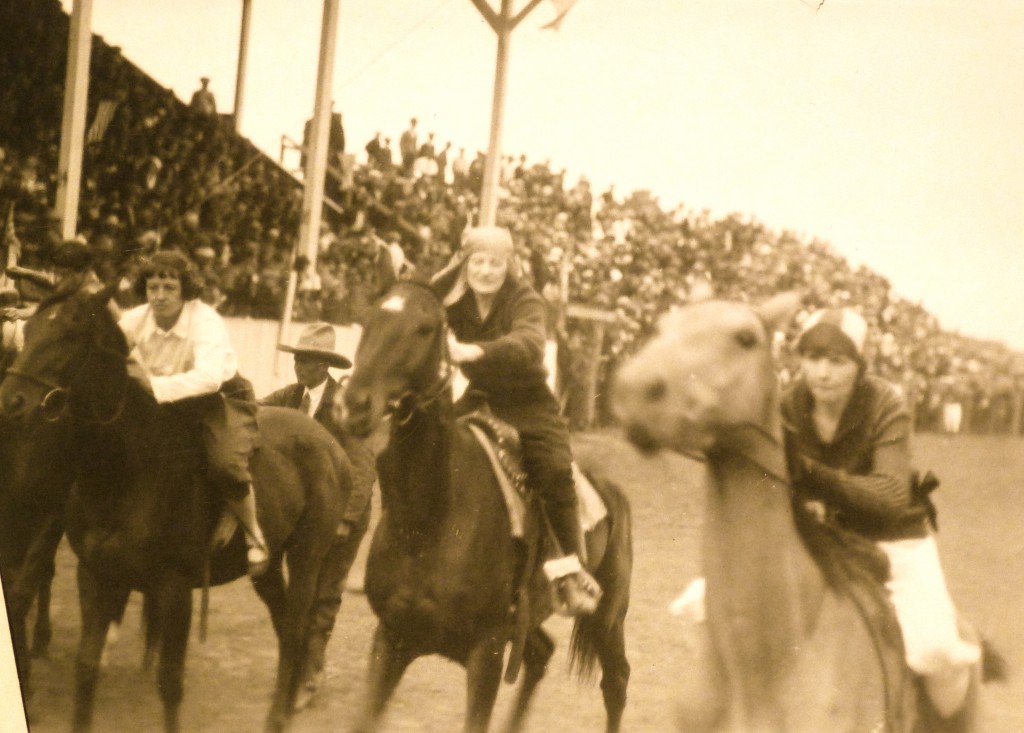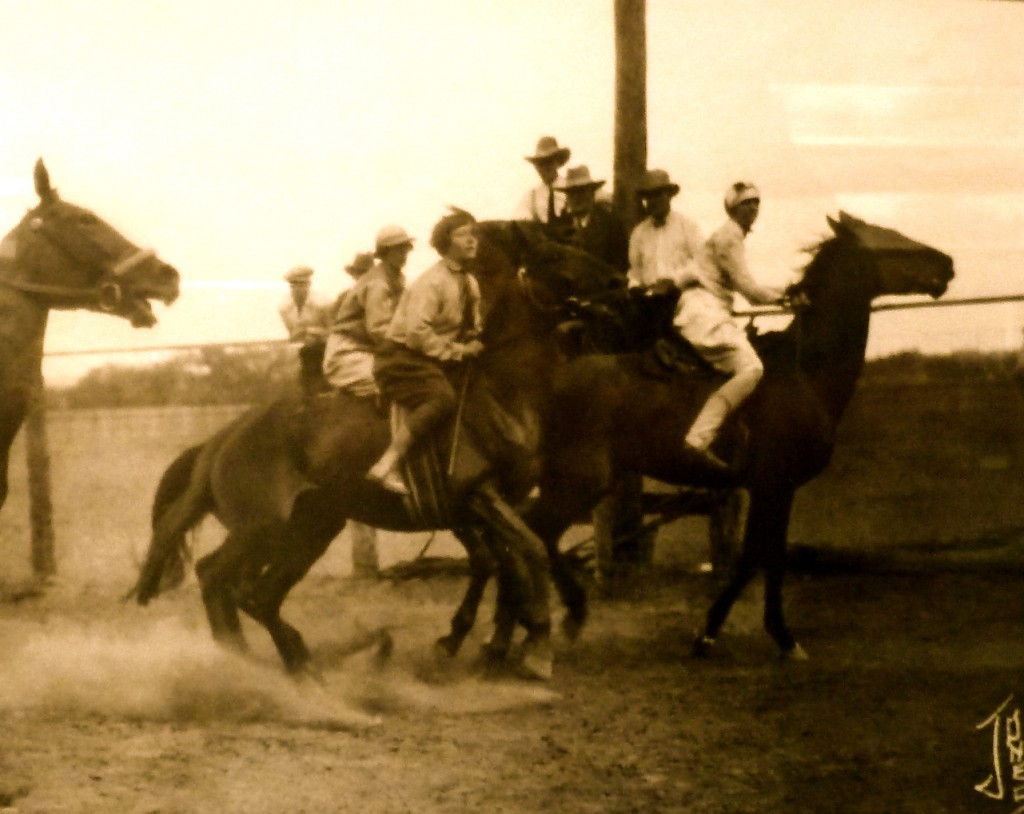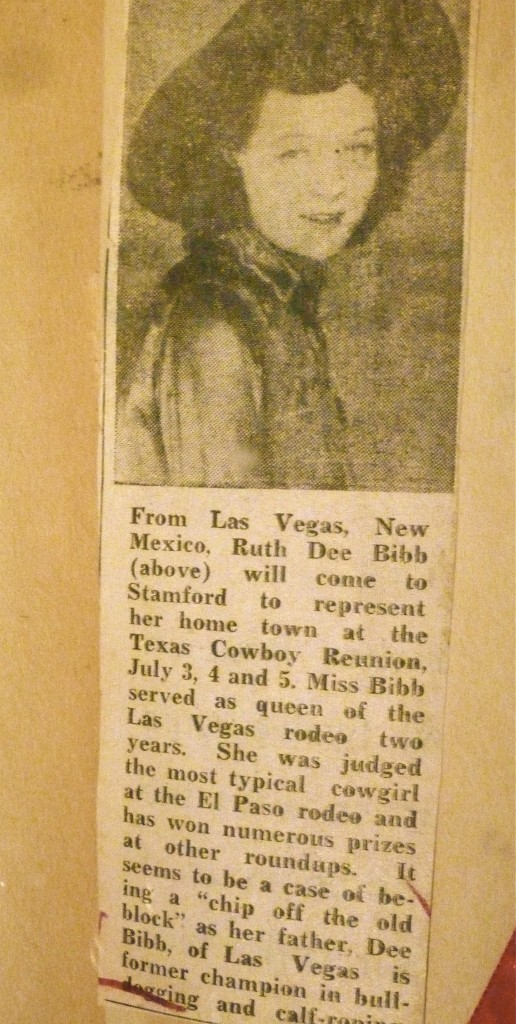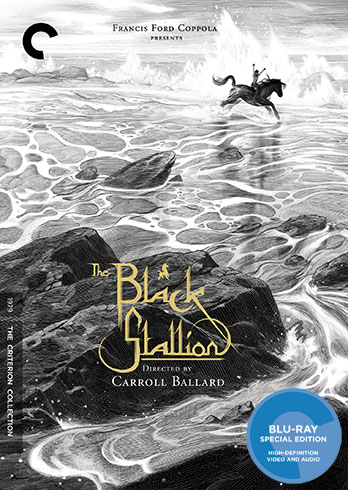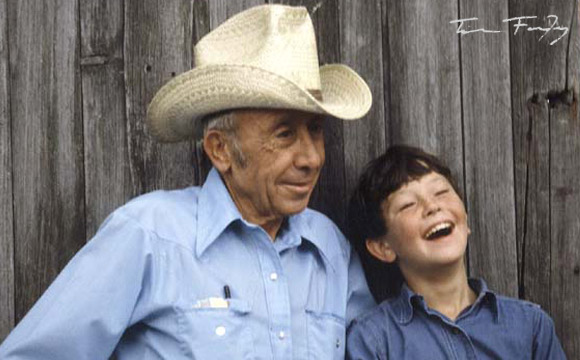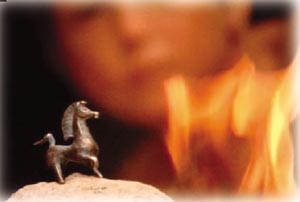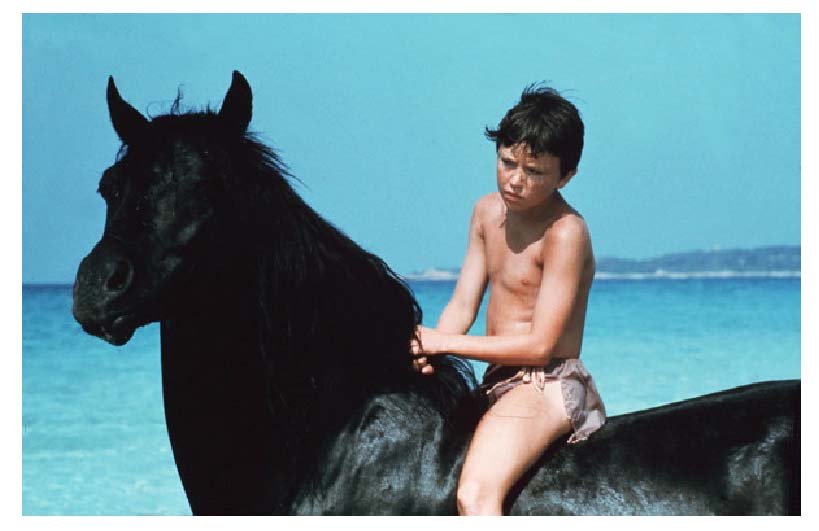Here’s a recent article from Horse Collaborative I thought you’d enjoy.
11 Things You Never Knew About the Making of “The Black Stallion”
Nina Fedrizzi | July 23, 2015
It’s been more than 35 years since The Black Stallion film first captivated audiences around the world by bringing to life Walter Farley’s timeless story of Alec, the young boy shipwrecked on a deserted island alongside a wild Arabian stallion. This month, The Criterion Collection has released a new, Blu-ray edition of the movie, complete with interviews with director Carroll Ballard and cinematographer Caleb Deschanel, bringing the tale to life once again for a new generation of horse lovers.
But no matter how many times you’ve seen this beloved flick, we’ve tracked down some fun facts that may surprise you. Here are 11 things you never knew about the making of The Black Stallion.
1. The film’s 12-year-old star, Kelly Reno, originally accepted the role of Alec in part because he wanted to learn how to swim.
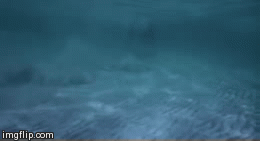
(via youtube/The Criterion Collection)
Reno took lessons so he could film the movie’s underwater scenes.
2. The riding scenes, however, were a piece of cake.
Reno grew up on a ranch in southern Colorado. After injuries sustained from a serious car accident cut his acting career short, he returned to work as a cattle rancher for 20 years.
3. The Black Stallion was filmed at several locations around the world, including Toronto, Sardinia, and Rome’s Cinecittà Studios.
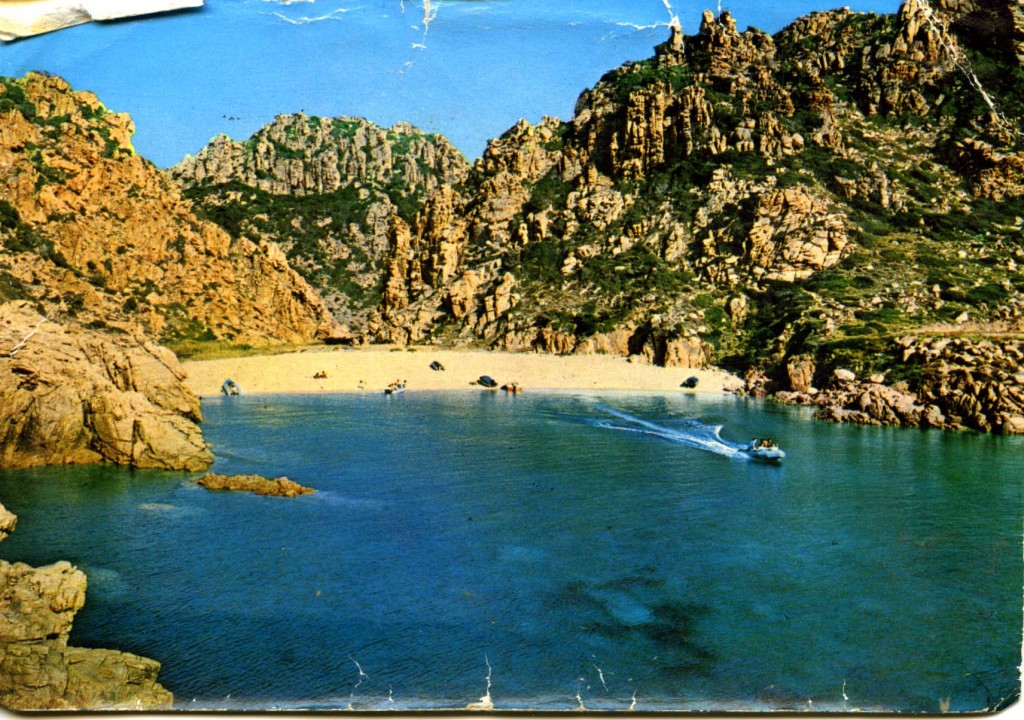
The movie’s shipwreck sequence took place in Cinecittà Studios’ huge outdoor water tank. Filming it took three weeks.
4. Four main horses were used to portray the Black throughout the film. The two most prominent were the Texas-bred Arabian stallion, Cass Ole, and his double, Fae Jur.
Cass Ole (via allbreedpedigree.com)
Cass Ole appears in 80 percent of the film’s shots, though he had white legs and a star that had to be painted black for filming.
5. Ironically, though, it’s Fae Jur that stars in two of the film’s most memorable scenes.
His independent streak and love of fake-fighting made him the first choice for the scenes where Alec befriends the Black on the beach, and also when the stallion protects him from a cobra.
6. Producers originally wanted the Egyptian racehorse El Mokhtar for the title role, but his owners wouldn’t negotiate.
(via colorgenetics.info)
They eventually relented, and El Mokhtar stars alongside Cass Ole in 1983’s The Black Stallion Returns.
7. For the swimming scenes, none of the actor horses were comfortable in the water, so the crew brought over horses from France’s Camargue region, which contains Western Europe’s largest river delta.
Camargue Horses (flickr.com/Philip Haslett)
Reportedly, the white horses were not much to look at and had to be painted entirely black before filming, but in the water, they were incredibly graceful.
8. The Black Stallion proved to be a cash cow for production company American Zoetrope.
Produced for about $4 million, it grossed roughly $38 million at the box office.
9. The film was produced by none other than Francis Ford Coppola, who used his Godfather clout to get The Black Stallion made.
Coppola may have needed the film to succeed more than he let on, however, after a typhoon wrecked his Apocalypse Now set the same year, leaving him severely behind schedule and over budget.
10. Francis’s father, Carmine Coppola, is responsible for the film’s beautiful score.
(via godfather.wikia.com)
Carmine was nominated for two Golden Globes for Best Original Score in 1980, both for The Black Stallion and Apocalypse Now. Alas, the Vietnam War flick won the day.
11. Mickey Rooney was nominated for an Academy Award for Best Supporting Actor for his role as Henry Dailey, a retired jockey who helps Alec train the Black for the movie’s final race.
(via movpins.com)
Rooney also played the washed-up jockey, “Mi”, alongside Elizabeth Taylor in 1944’s National Velvet.
You can watch The Criterion Collection’s interview with The Black Stallion’s cinematographer, Caleb Deschanel, here:
Thank You HC!! Enjoy the ride and visit the shop, too!

